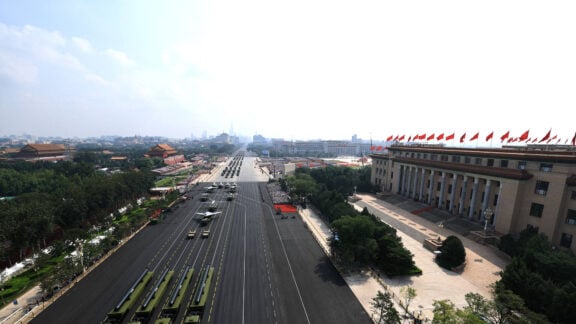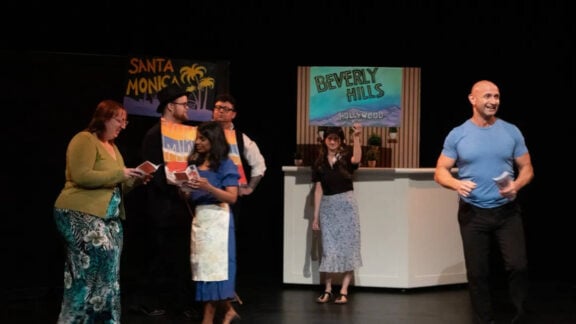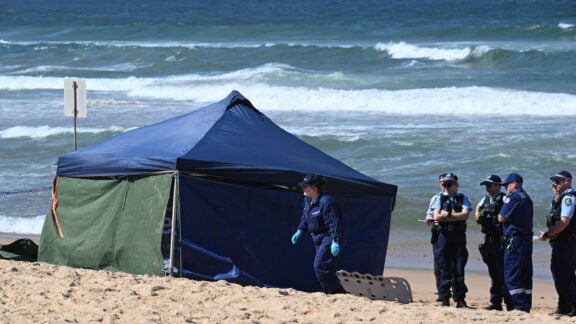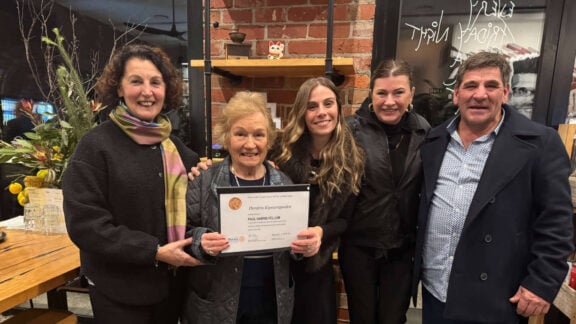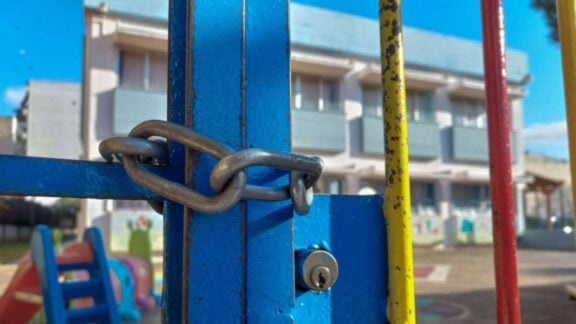The federal government has launched its revamped arts funding body at the Sydney Theatre Company, where arts minister Tony Burke used to enjoy live theatre as a youngster.
“There was no pause, there was no rewind, there was no chance to go back,” he said at the launch of Creative Australia on Thursday.
The same could be said for the transition from the Australia Council, which funded much of the country’s arts scene since 1975, to a new organisation with an expanded remit.
The formation of Creative Australia is part of the government’s $286 million national cultural policy, and comes with the establishment of Music Australia, a body designed to revitalise the country’s music scene.
Mr Burke said the Australia Council never found a way to connect with the contemporary music industry, but the $69 million Music Australia will take on some of its key challenges, including global streaming and an increasing reliance on concerts and festivals.
Revelations of widespread abuse and harassment in the music industry also spurred the setting up of Creative Workplaces, headed by former sex discrimination commissioner Kate Jenkins, in a bid to improve workplace standards across the sector.
Mr Burke said the appointment of Ms Jenkins, who wrote the landmark Respect@Work report, shows the government is serious about setting higher workplace standards.
“If you choose to not keep them, don’t come knocking on the door for government money,” he warned arts organisations.
A third body, Writers Australia, will be set up by 2025 and also sit under Creative Australia.
“This feels like a pivotal moment in our history,” said Adrian Collette, who was chief executive of the Australia Council and will now head up Creative Australia.
The government has named a 14-member board, including artists Lindy Lee and Kitty Taylor, performer Caroline Bowditch, playwright and director Wesley Enoch, and Woodford Folk Festival director Amanda Jackes.
While the Australia Council supported arts that relied on government funding, Creative Australia will also deal with the commercial and philanthropic sectors, noting that many productions rely on all three.
Source: AAP

